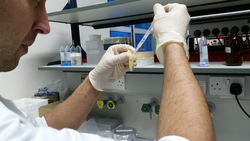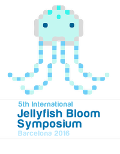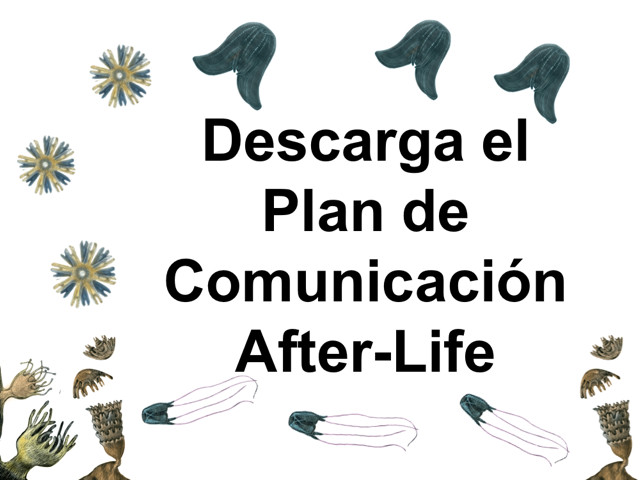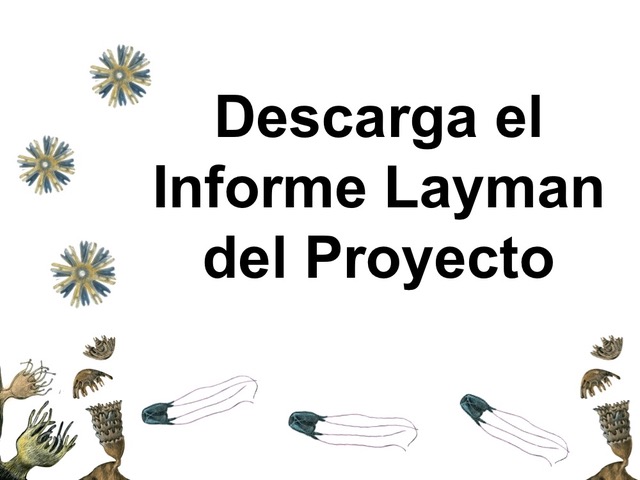
Box jellyfish samplings in Malta


Three samplings were carried out in collaboration with the monitoring stablished by University of Malta (Kristian Pulis, Dr. Alan Deidun and Dr. Marion Zammit). The main samplig area was the Birzebbuga harbour, and the samplings were conducted during the night since Carybdea marsupialis has been observed to feed more actively during nightime. The tasks developped during the research exchange are detailed below.
27/01/2015 - Cubomedusae sampling
The sampling started at around 22:00h at Birzebbuga harbour. We used a light to attract the cubomedusae near the dock and a hand net to gentle collect them. Although it was raining, we were able to capture 4 specimens, which were transferred to the laboratory.
28/01/2015 - Measurements and maintenance of cubomedusae
Once in the laboratory, measurements of the animals were taken. The gonads were also observed under the stereomicroscope, and the sex of the specimens was determined.
29/01/2015 - Laboratory work and sampling
Next day, we fed the animals, we changed the water in the tank and checked for planulae, but they were not released yet.
In the afternoon, we came back to Birzebbuga harbour. Sampling started at 18:00h until 23:00h. We also use a light to attract the animals. In this case, we captured 22 cubomedusae. Many copepods, polychaetes and fish juveniles were also attracted to the light.
30/01/2015 - Measurements and maintenance of cubomedusae
Measurements of the animals captured the previous night were taken, and the developmental stage of the gonads were observed under the stereomicroscope. We separated the animals in two groups being careful to keep an equilibrated ratio between males and females in order to facilitate the fertilization of the ova.
31/01/2015 - Maintenance and revision of cubomedusae
We went to Msida to collect sea water. Cubomedusae were observed in this harbour during summer, but not from the previous weeks. Once in the laboratory, we feed the animals and changed the water, which was revised under the microscope, but no ova nor planulae were observed.
02/02/2015 - Release of fertilized ova
Many oocites and some planulae were observed when the water from the bottom of the tank was checked under the estereomicroscope. The oocites and the planulae were transferred to Petri dishes in order to monitor their development.
The same night, we went again to Birzebugga for sampling, but the weather was so rainy that we should finish the sampling after 30 min. Nevertheless, we captured 4 more cubomedusae.
03/02/2015 - Maintenance of planulae
Individuals sampled the previous night were measured and the sex was determined. More planulae were observed in the cultured tanks settled during the previous days, so they were also transferred to Petri dishes, culture plates and bowls.
04/02/2015 - Transportation of planulae
The next day, the planulae were observed to be swimming very fast. More than 1300 where separated to transport to the laboratories at ICM-CSIC and around 600 were kept at the University of Malta, so two cultures of polyps were settled in parallel.
All the cubomedusae were preserved in ethanol and transported to University of Alicante to proceed with the analysis of the statoliths.








